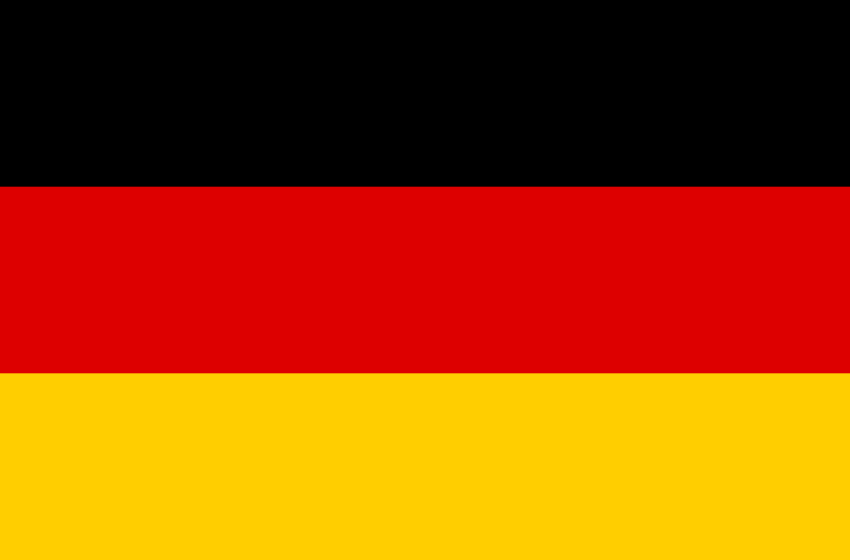Global Collector Test Standard Incorporates New Technologies
October 24, 2013
The final version of the EN ISO 9806 was approved by the international standard committees CEN/TC 312 and ISO TC180 with more than 90 % of the votes shortly before their meetings in Freiburg, Germany, in the middle of September. This is an important milestone for the solar thermal industry, because it marks the first time that there will be a modern global standard for collector testing procedures which different countries can refer to. In addition, the new standard includes testing methodology for a number of new solar thermal technologies, such as solar air heating collectors, concentrating medium-temperature collectors and PVT collectors. Now, it will only be a matter of weeks until the standard is handed down to the national standardisation secretariats and, over the coming month, distributed through their national publication channels.

“Up until now, it has been difficult to sell solar air systems in Europe. The main reason is that there is no test standard,” John Hollick, CEO of Canadian company Conserval Engineering, says in an online interview with solarthermalworld.org. He adds: “We are really excited about the potential for Europe.” Hollick has high expectations for the Energy Performance of Buildings Directive (EPBD) for air heating systems in Europe, which will mandate a certain amount of fresh air in nearly zero energy building by 2020. He says that air collectors are a simple and cost-effective solution to preheat fresh air before it is led into the building.
In another interview by solarthermalworld.org, Korbinian Kramer, Head of TestLab Solar Thermal Systems at the Fraunhofer ISE, says specifying solar air heating collectors required a different approach. “It was a big step to implement them into the revised standard,” he concludes. Kramer also explains that there are two different kinds of standards, the one which refers to products and the one which defines methodology and testing procedures: “The newly approved EN ISO 9806 is a methodology norm, which is the more important kind of standard in terms of transparency for the end consumer.” This norm is voluntary and defines testing procedures and equations which are valid all around the world. Countries or regions can then adapt the equations to local requirements. The adapted equations can later be incorporated either into a product standard or into a certification scheme that can be made mandatory as well.
The testing norm is only half of the story, however, because in Europe, for example, the Solar Keymark certification scheme additionally refers to the EN 12975 Part 1. This product norm had to be harmonised with the European Construction Products Directive. “The European Commission mandated an alignment of the standard for solar thermal products with the requirements of the European Construction Products Directive. During the revision of the respective standard EN 12975-1, we incorporated all necessary items. This standard is about to be up for the final vote and will most likely be available in spring 2014,” Kramer explains. ”The Solar Keymark scheme also includes these changes and references are revised accordingly, in order to provide a continuous certification process. This means incorporating the new technologies as well.”
Now that air collectors and medium-temperature collectors can receive the Solar Keymark label, it will level the ground for funding. For example, the German Federal Environment Ministry must also adapt some requirements (e.g., minimum collector gain) for these new technologies now covered by Solar Keymark certification within the German Market Rebate Programme for Renewable Energies (MAP). “I assume that we can achieve this last step by spring 2014 – if all goes well,” Kramer announces.
More information:
http://www.estif.org/solarkeymarknew/index.php
http://www.ise.fraunhofer.de/en?set_language=en
http://solarwall.com/en/home.php


